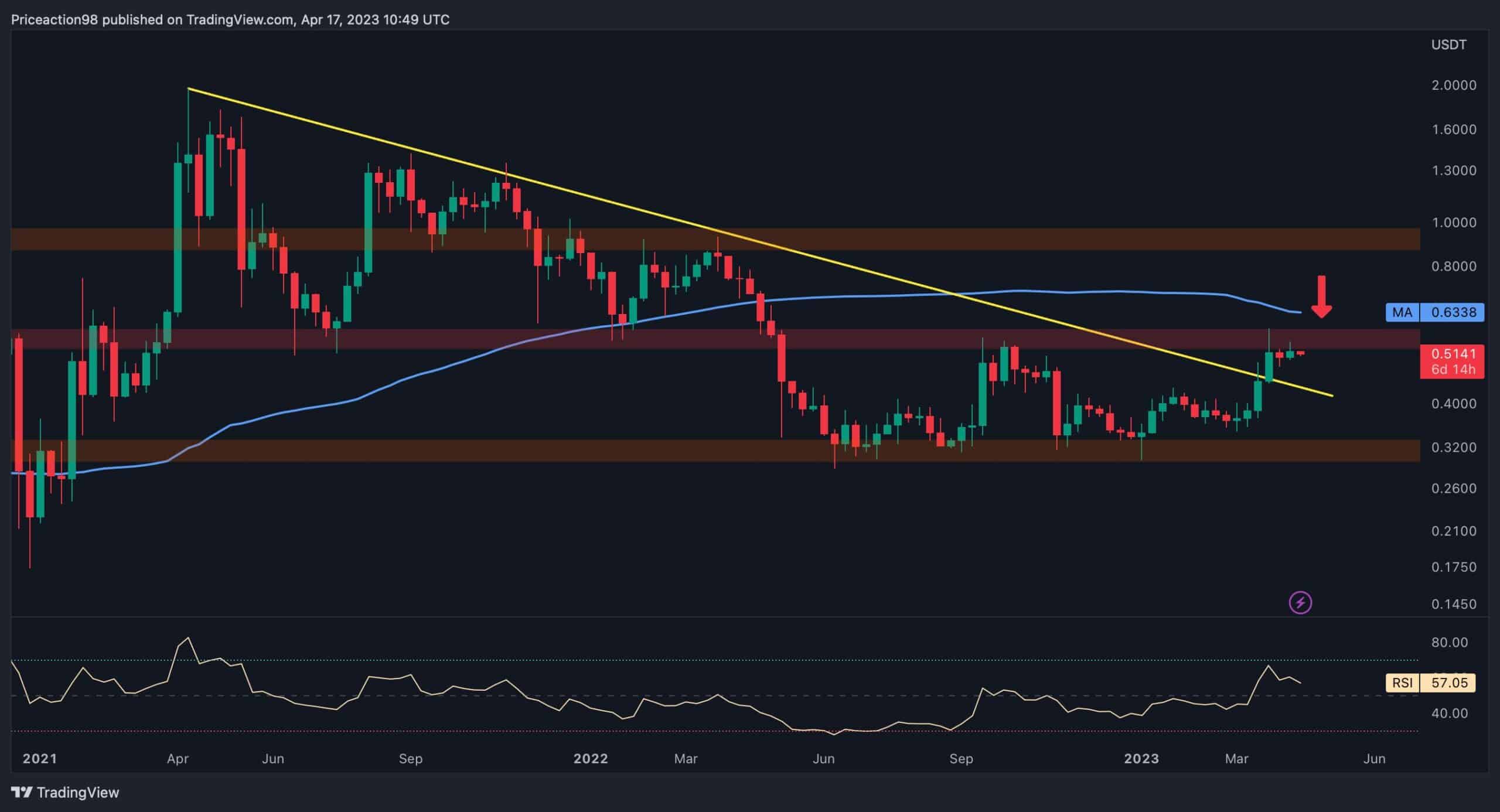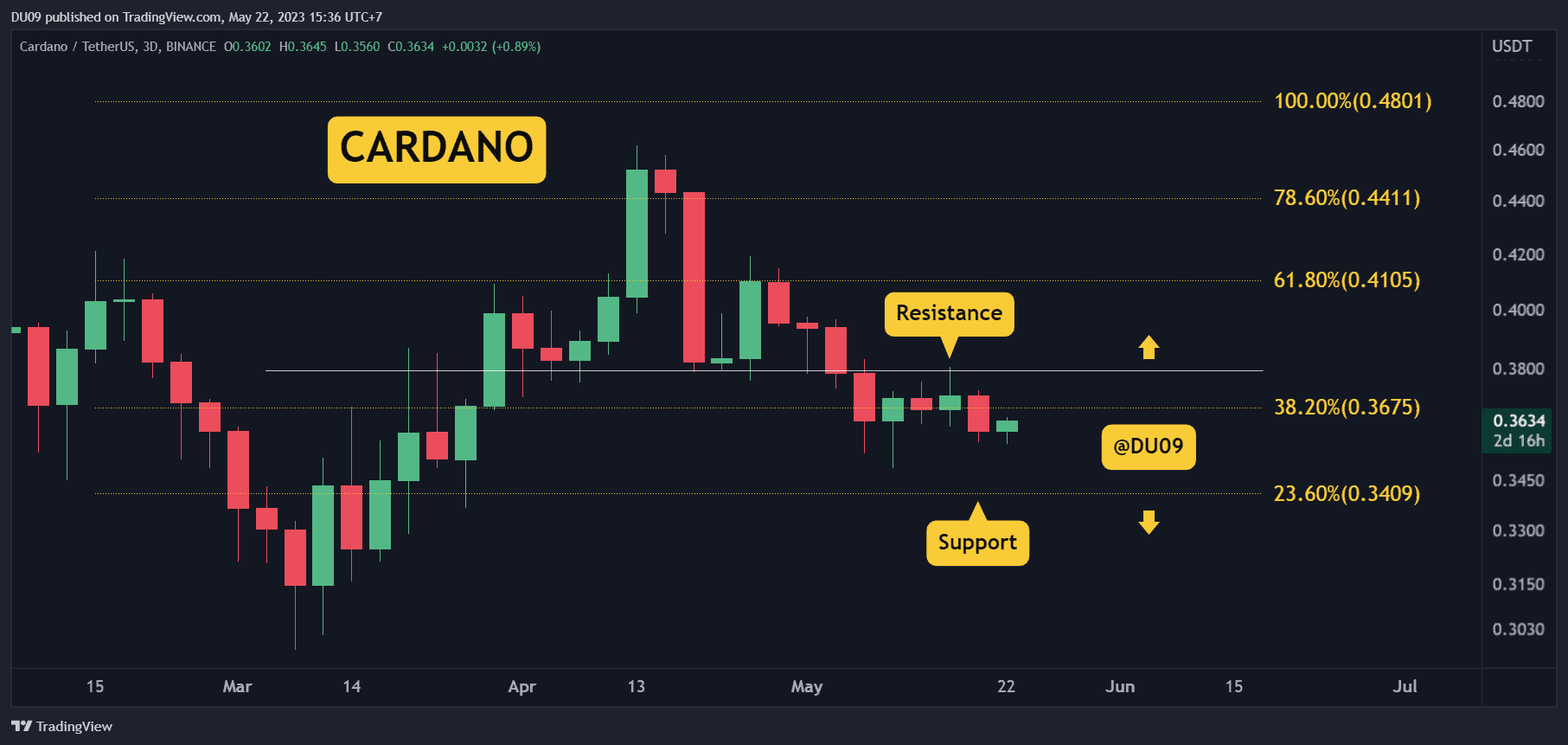Philippine Central Bank Thinks Stablecoins Could ‘Revolutionize’ the Payment System
Mhel Plabasan – a top executive at Bangko Sentral ng Pilipinas (the central bank of the Philippines), said the institution is highly in favor of stablecoins as they can aid the monetary system and ensure “affordable and faster” cross-border transactions.
The organization also plans to launch a pilot version of its CBDC by the end of 2022.
On that note, it is worth noting that the central banks of Israel, Norway, and Sweden collaborated with the Bank for International Settlements (BIS) to explore how CBDCs could take part in transnational payments.
Stablecoins Could Aid the Philippines’ Financial Wellbeing
During a panel discussion at Forkast’s “Crypto Rising: CBDCs & Stablecoins: The Asia Perspective,” Mhel Plabasan – Director at the central bank of the Philippines – said stablecoins could benefit the payment network of the country:
He outlined the significant number of Filipinos who work abroad, arguing that stablecoins could allow them to send funds to their families in a cost-effective way:
“We have seen it really has the potential to revolutionize both domestic and cross-border payment more affordable, faster, and even the possibility of using stablecoins to make cross-border remittance efficient.”
According to estimations, nearly 12 million people of Filipino origin live outside their homeland. Their number is the highest in the USA – over four million.
Despite advocating for embracing stablecoins, Plabasan argued that regulators should closely monitor new technology:
“That’s why it’s important for us to constantly engage the private sector [and] we learn together. We are part of the journey to get to improving digital payments using stablecoins,” he added.
The executive further revealed that the financial institution will soon launch its central bank digital currency (CBDC) in a pilot phase. Project CBDCPh, as the authorities called it, should see the light of day by the year’s end.
The BIS and the Central Banks
Speaking of CBDCs, it is worth mentioning the mutual endeavor between the Bank of International Settlements and the central banks of Israel, Norway, and Sweden, going by the name “Project Icebreaker.”
The entities joined forces to explore how such financial instruments could settle international retail and remittance payments. The team will check if CBDCs enable low-cost and faster transactions than traditional methods.
It will run through the end of 2022, while a final report with the results will follow during the first quarter of next year. Commenting on the matter was Beju Shah – Head of the BIS Innovation Hub Nordic Centre:
“This first-of-a-kind experiment will dig deeper into the technology, architecture, and design choices and trade-offs and explore related policy questions. These learnings will be invaluable for central banks thinking about implementing CBDCs for cross-border payments.”
Mithra Sundberg – a top executive at the Swedish central bank – said Sweden joined the project so it could double down on its e-krona efforts. The country’s authorities have been among the most active on the CBDC scene. Last year, the Riksbank said it should be ready with its digital currency by the end of 2026.
The post Philippine Central Bank Thinks Stablecoins Could ‘Revolutionize’ the Payment System appeared first on CryptoPotato.









